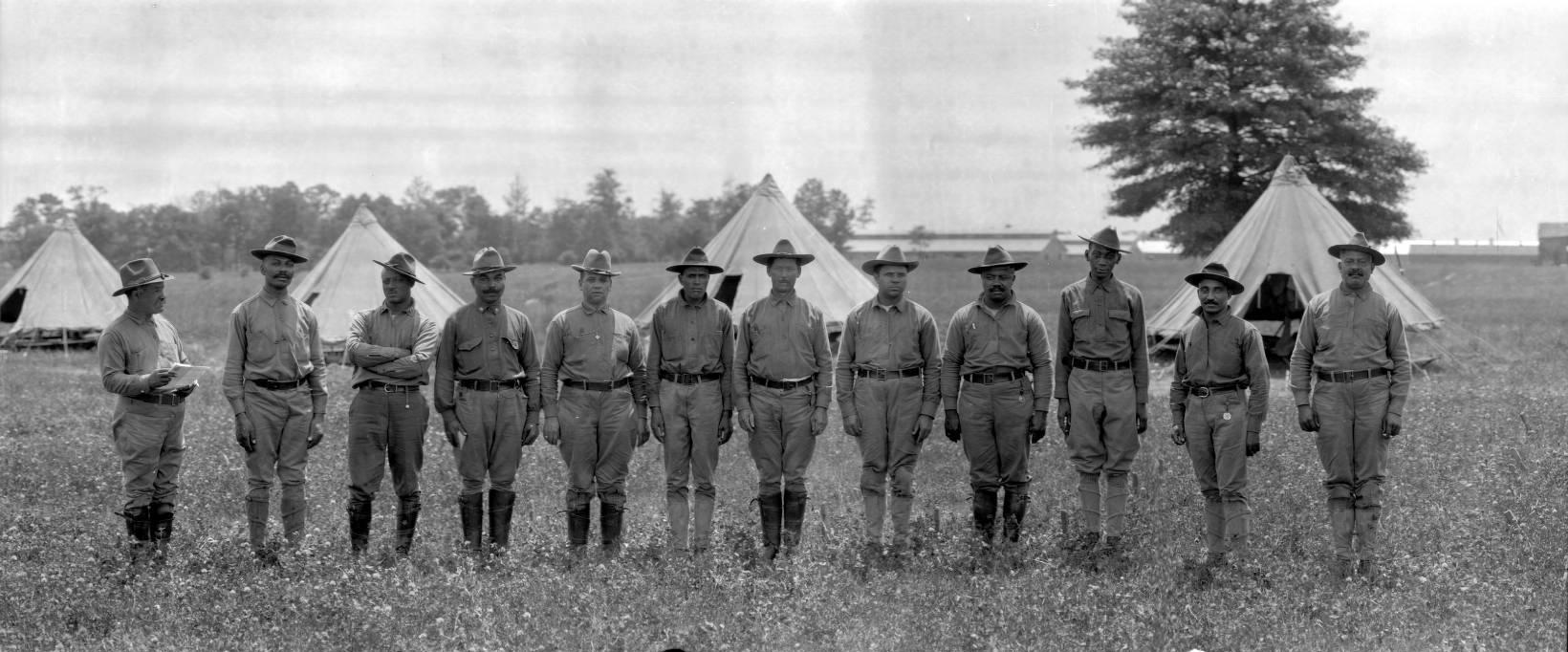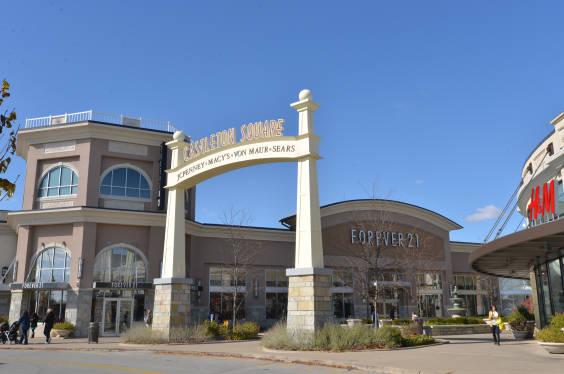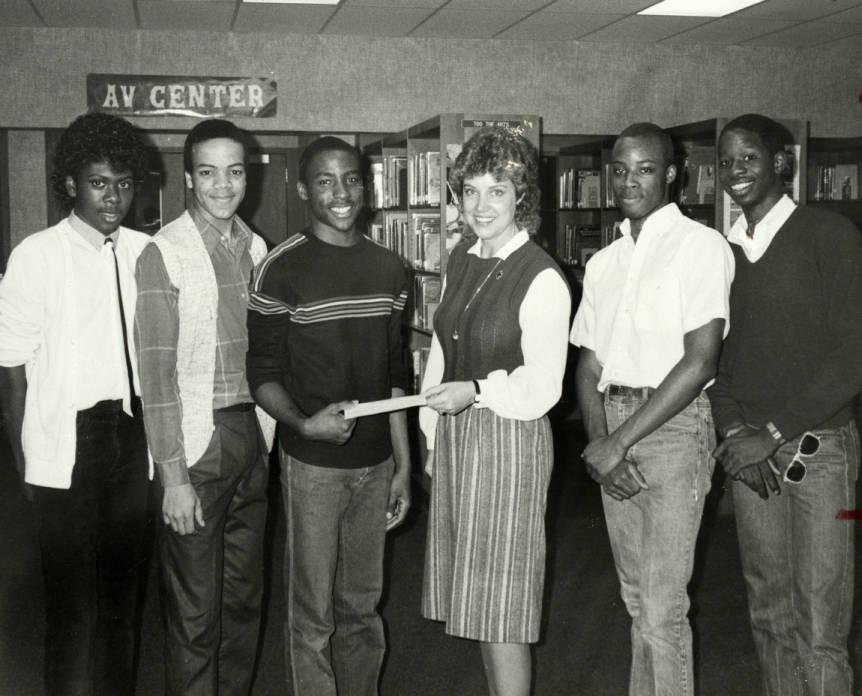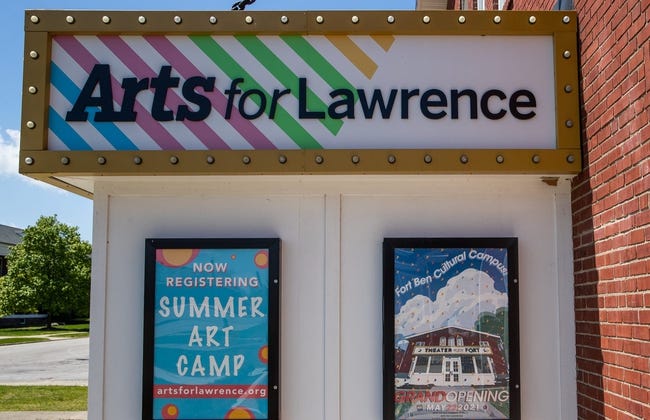Lawrence is a northeastern Marion County township, roughly bordered by 96th Street, County Line Road, 38th Street, and Emerson and Graham avenues.

Settlers moved into the area just after it was organized in 1822. The first community, Germantown, was laid out in 1834 along the Marion County-Hamilton County line. Two small hamlets, Lanesville (later ) and , were platted in 1849 along Pendleton Pike, a well-traveled highway cut through the township in 1825-1826.
provided the strongest impetus to growth in early Lawrence Township. The “Bee Line” Railroad was built during the winter of 1850 and served Oaklandon and Lawrence. To the northwest, Vertland was laid out in 1851 around a switching facility for another rail line. When the town foundered, the facilities were moved a short distance south to , platted in 1852. Lawrence Township grew slowly and by 1900 counted 3,200 residents.

In 1903, the federal government purchased land for , a sprawling facility that would later become the township’s largest employer. Shortly thereafter the increasing popularity of the automobile stimulated the development of affluent suburbs such as (1917) along . By the 1950s middle class and working-class residents commuted by car from homes in new developments, such as Devington, to work in the industrial plants along Shadeland Avenue or at the .
Ten years later construction of I-465 stimulated additional development, particularly in Lawrence and Castleton. Apartment complexes were built near the east 56th Street interchange in the 1970s and 1980s. Castleton Square Shopping Mall, opened in 1972 just off the interstate, brought explosive growth to the east 82nd Street corridor. Later, the construction of I-69 spurred development north to the county line. By 1990 Castleton had become the most intensively developed retail district in Marion County.

In the northeastern section of the township at , residential construction began in 1978. Delayed by years of political squabbles, initial development was begun by a subsidiary of the , which had dammed Fall Creek in 1941 to create the reservoir. Though Germantown was flooded, the rising waters of the reservoir created valuable waterfront property. Today the area has been developed primarily and extensively with homes and condominiums for affluent families.
With development came a significant population increase. Between 1960 and 1990 Lawrence Township’s population grew from 34,400 to 94,500, or 174.7 percent. The population has continued to increase to 122,321 by 2020.

As the school-age population increased, the Metropolitan School District of Lawrence Township expanded to 2 early learning centers, 11 elementary schools (4 with early learning centers), 2 middle schools, and 2 high schools. The district also boasts a Spanish Immersion program at 1 elementary school. The school district is one of the more racially diverse in Marion County with a student population that was 45 percent African American, 27 percent Hispanic, and 21 percent Caucasian in 2020.
Despite 40 years of dramatic growth, Lawrence Township faced challenges in the early 1990s, particularly the closure of Fort Harrison and the threatened loss of the Finance Center. In 1994, the Department of Defense chose to keep the Finance Center open and a year later Fort Harrison was added to the National Register of Historic Places.
In 1995, the Fort Harrison Reuse Authority (FHRA) was created as a special purpose unit of the government whose task was the revitalization of the fort after its closure. In 1999, the moved its John H. Geiger Operations Center to Fort Benjamin Harrison and in 2011 the Lawrence Readiness Training Program began operations in their new facility.
Fort Harrison has become widely recognized as the model for the reuse and redevelopment of military installations. Much of the former military base has been preserved and close to 50 buildings have been converted for unique residential, commercial, and office uses.

The former fort boasts a thriving tech campus, dining opportunities, a former blacksmith shop, mule barn, Army barracks, and cultural and recreational amenities such as a golf course, a historical military theater, a YMCA, and the .
Local officials continue to search for ways to attract employers and stimulate economic growth.

Help improve this entry
Contribute information, offer corrections, suggest images.
You can also recommend new entries related to this topic.